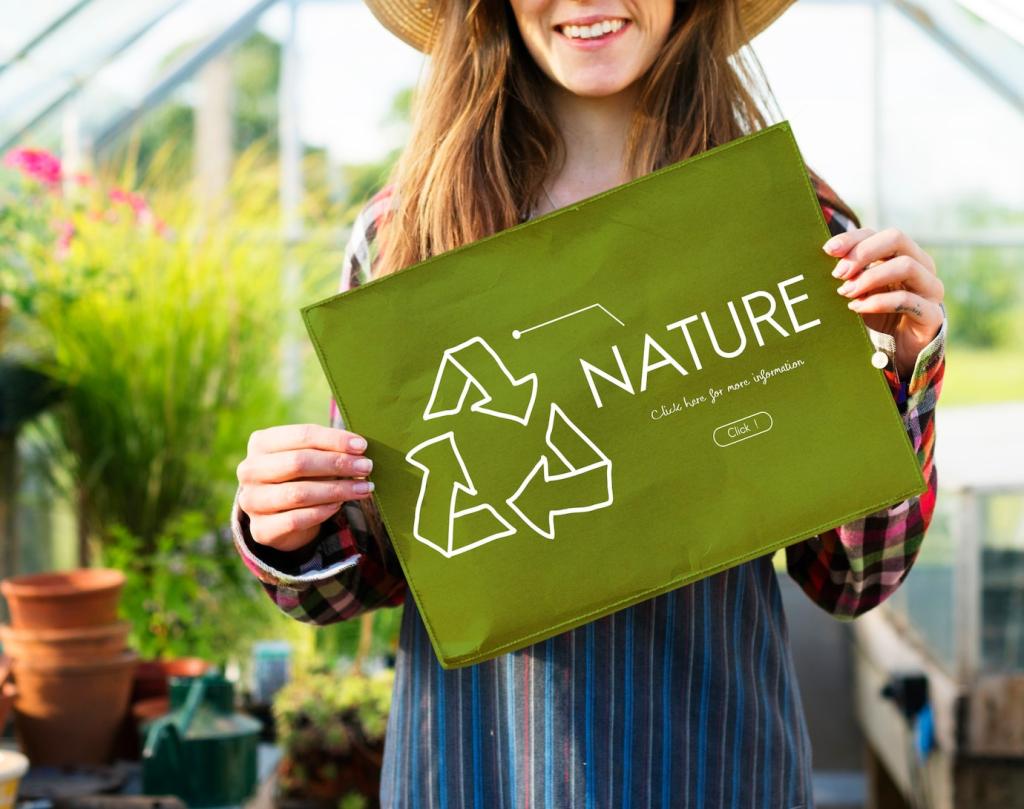Ethical Manufacturing and Supply Chains
Traceable suppliers, published impact reports, and third-party audits transform claims into credibility. Brands that map their supply chains invite accountability. Ask for sourcing details, worker safety policies, and living wage commitments. Your questions signal demand for dignity alongside design and durability.
Ethical Manufacturing and Supply Chains
Switching to renewable electricity, recovering heat, and optimizing machinery schedules cuts emissions without sacrificing quality. Water stewardship matters too, especially in finishing and tanning. Encourage brands using solar or wind to share milestones. Comment with a favorite example and celebrate measurable progress.
Ethical Manufacturing and Supply Chains
Choosing locally made pieces shortens transport routes, supports craftspeople, and reduces shipping emissions. Even partial localization—like regional assembly—helps. Tell us your nearest maker, how you discovered them, and whether proximity changed your sense of connection to the furniture in your home.
Ethical Manufacturing and Supply Chains
Lorem ipsum dolor sit amet, consectetur adipiscing elit. Ut elit tellus, luctus nec ullamcorper mattis, pulvinar dapibus leo.








